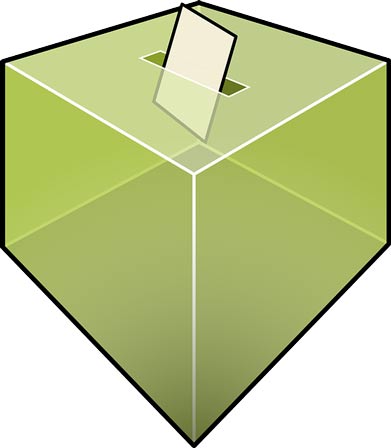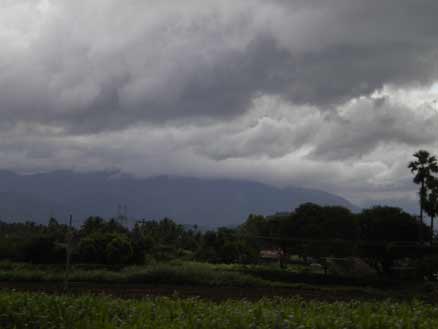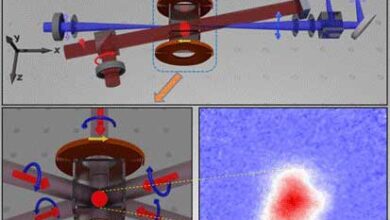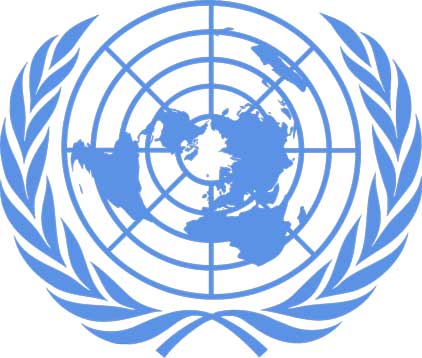Cable TV costs go up after TRAI’s pay-per-view channel scheme
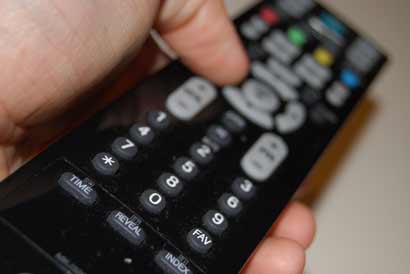
‘Pay only for the channel you watch’. With this slogan, Telecom Regulatory Authority of India (TRAI) has ordered the Local Cable Operators (LCO) to implement a new tariff system with all the Multi Service Operators (MSOs). This new rule of TRAI was expected that people would now be able to see their favorite TV programs cheaply, but now the dream of people has started to break.
Actually, choosing the channel of your choice is now going to cost a lot because cable operators have stopped many paid channels before the new rules issued by TRAI have been fully implemented. This has caused considerable trouble to consumers. Some operators have made packs inside the pack, which has become more expensive to watch the favorite TV channels than in the past. Where one had to spend around300 rupees to watch their favorite programs and channels for 1 month, but now the price has gone upto to around Rs 500.
Cable TV prices shoot up
Due to the excuse of TRAI’s new rules, Cable operators have closed most of the channels from now on. After TRAI’s rule is implemented after March 31, viewers have to buy 100 channels for 130 rupees (Exclusive of GST). These channels are mostly Free to Air DD channels and in that too there are many loopholes like you cannot watch live broadcast of cricket matches on platforms other than Free Dish. If a user sees more channels than this, then they will have to pay an additional 20 rupees for every 25 channels with an additional 18 percent GST.
This is the reason why with the Delhi-NCR in choosing the preferred channel for television, the consumer of the country is in a confused position. In the new system implemented from December 28 last year, consumers have to choose their pay channels till March 31.
Consumers are being offered a package directly, from Rs 300 to Rs 520, while the claims of 100 free channels in 130 rupees have also collapsed. There is a free set of 100 channels, which have two languages and many unnecessary channels. In such a way, consumers enjoying all the channels from cable to 250 rupees to 300 rupees till now, TRAI has seen itself become the villain after this new rule comes into effect.
When the Telecom Regulatory Authority (TRAI) had placed the new offer of choice to select the desired channel in front of consumers and it said that it would be much cheaper than the present rate. It was believed that it would bring a new revolution in the cable network sector like in the telecom sector, but the matter has been reversed. The fact is that the cable cost has doubled in this. The service is not being restored. Consumers are also troubled by this.
At the same time, cable operators are also offering many packages ranging from 300 rupees to Rs. 550 in the name of avoiding the hassle of choosing channels. Consumer favorite channels are in rent packages with more than Rs. 500. Compulsions that in the event of not choosing the package, many channels on TV are not visible. Many people have stopped recharging the TV due to this whole setback. They are adopting other means for entertainment. Two times the rent, instead of customized channels, the problem of consumers increased by arbitrary package
Open violation of TRAI orders
According to Narendra Bangri, general secretary of All Local Cable Operators Association, this arbitrary pricing is only at the level of multi-system operator (MSO) and broadcasters. This is an open violation of TRAI guidelines, but no one is paying attention. There was talk of giving consumers the freedom to choose channels themselves, but broadcasters and MSOs are offering arbitrary packages. It is also a loss deal for local cable operators. Earlier, there was a profit of Rs 100 per connection, now only 20 rupees are saved. In this way, the operators have started to shut down their business. So far, two local operators have also shut down their businesses in Delhi.


